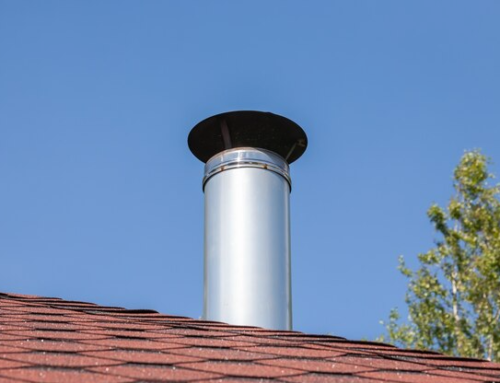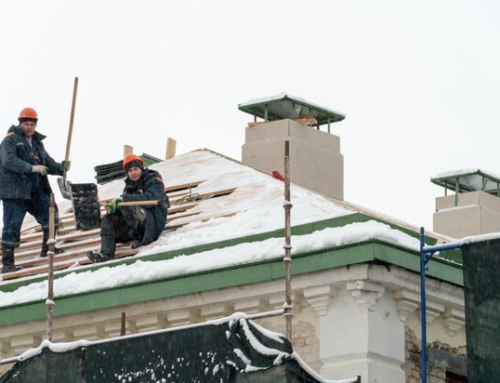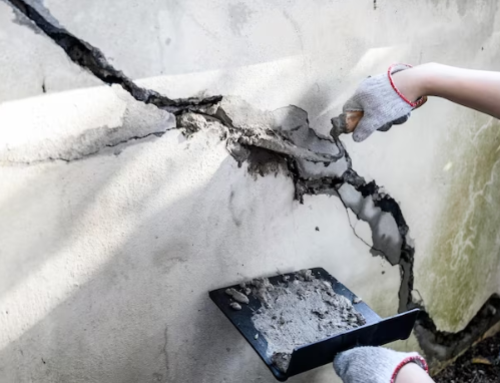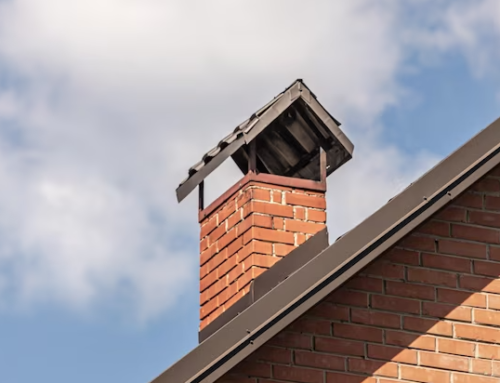Preserving the structural integrity of our homes is a meticulous task, often involving a checklist of priorities like roofs, windows, and foundations. Yet, amid these considerations, there’s a silent guardian that is frequently overlooked—the chimney. The often-neglected chimney plays a crucial role in our homes, and one key defender in its battle against the elements is chimney waterproofing.
In this discussion, we delve into the imperative aspect of chimney maintenance: the protection against water. Water, seemingly innocuous, can pose a serious threat to the durability of our chimneys over time. Understanding the anatomy of a chimney becomes pivotal in appreciating the significance of chimney waterproofing. So, let’s explore the importance of this process and also the various benefits it brings to preserving this often-unnoticed pillar in our homes.
The Silent Deterioration: Unseen Consequences
Often, the damage caused by water is not immediately apparent. It silently works its way through the chimney, gradually eroding the materials and creating an environment ripe for mold and mildew growth. As the structural components weaken, the risk of a chimney collapse increases, posing a serious threat to the safety of your home and its occupants.
Chimney Waterproofing Unveiled: A Shield Against Water Intrusion
In Bristol, CT, chimney waterproofing is the armor that shields your chimney from the relentless assault of water. This protective barrier is a proactive measure, preventing water from seeping into the chimney structure in the first place. It is a cost-effective and invaluable investment in the long-term health of your home.
1. The Power of Chimney Caps: Warding Off Water Invaders
At the forefront of chimney waterproofing is the humble chimney cap. This simple yet effective device acts as a barrier against rain, snow, debris, and even curious critters looking for a cozy home. You create a first line of defense by installing a well-fitted chimney cap, keeping water at bay, and preserving the structural integrity of your chimney.
2. Flashing: Sealing the Gaps
Chimney flashing, typically made of metal, plays a crucial role in sealing the vulnerable joints between the chimney and the roof. These joints are prime entry points for water, and without proper flashing, they become conduits for potential water damage. A correctly installed and well-maintained flashing system ensures that water is diverted away from these critical areas.
3. Water Repellent Sealers: A Protective Coating
Think of water-repellent sealers as the sunscreen for your chimney. These sealers are applied to the exterior masonry sealers to create an impermeable layer, preventing water from penetrating the porous surfaces of bricks and mortar. The extra layer of protection not only guards against water intrusion but also enhances the overall resilience of your chimney in the face of changing weather conditions.
4. Professional Inspection: Identifying Weaknesses
Experts can identify potential vulnerabilities, such as deteriorating mortar or damaged bricks, and address them before they escalate into major issues. Timely intervention through professional inspections can save you from costly repairs and ensure the continued safety of your home.
Safeguard Your Chimney With Waterproofing Services of CT Chimney Repair!
The majority of the chimney repairs are due to water damage. Hence, making the chimney waterproof is important to ensure its longevity and functionality. CT Chimney Repair offers one of the best chimney waterproofing in CT. Our certified professionals have done various repair projects and know how to customize their services according to the customer’s requirements. So, if you’re seeing white stains, discolored masonry, spalled bricks, moss, smelly fireplace, etc., don’t hesitate to call us.







